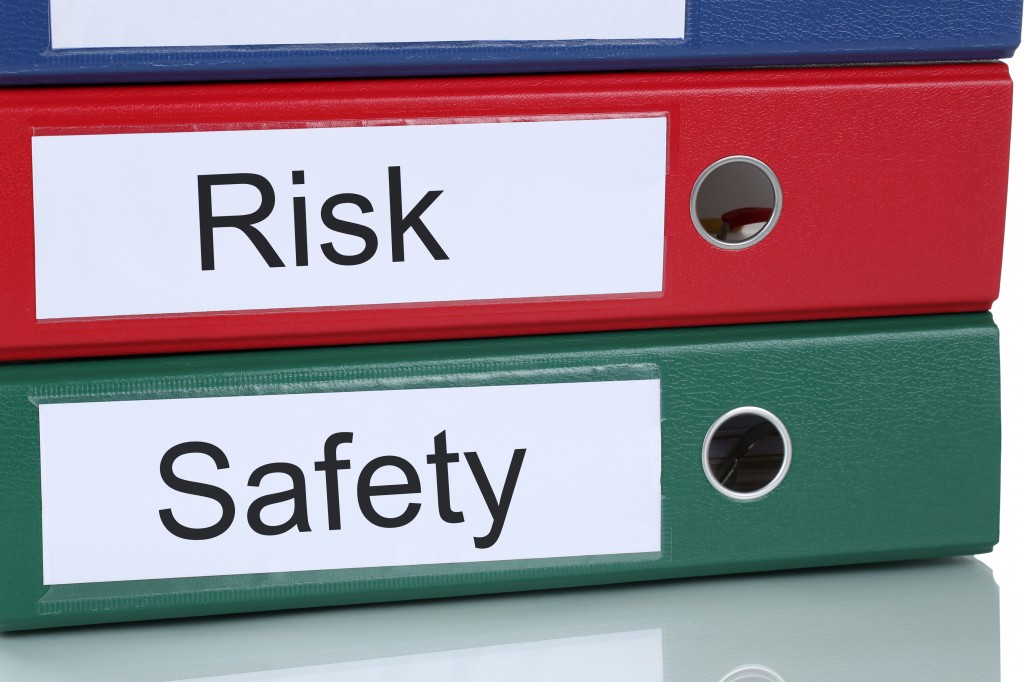The process of mitigating safety risks is the method by which the organisation is able to take an action or a range of actions which provides for a lowering of exposure in respect of the perceived risk.
The elimination and/or mitigation of the perceived risk to a level which we calculate to be as low as reasonably practical (ALARP) must take place. This process is known as safety risk mitigation.
Therefore mitigation may be considered the activities or measures which we take to address the hazard and bring under control, the safety risk probability and severity of the consequences.
Solutions or improvements may consist of the following:
a) Additional or changed procedures;
b) New or additional supervisory controls;
c) Changes to training process procedures or content;
d) The introduction of additional or modified equipment;
e) Any other elimination/mitigation alternatives.
Almost invariably any of the above chosen alternatives will involve deployment or re-deployment of any of the three traditional aviation defences (technology, training and regulations), individually or in combination.
Once the proposed safety risk control or mitigation has have been developed or designed, but before the actual release or incorporation into the organisations management system, an additional assessment should be made to ensure that there is negligible or acceptable level of exposure in respect of any new hazards.
There are three generic strategies for safety risk control/mitigation
a) Avoidance. The operation or activity is cancelled because safety risks exceed the benefits of continuing the operation or activity.
b) Reduction. The frequency of the operation or activity is reduced, or action is taken to reduce the magnitude of the consequences of the accepted risks.
c) Segregation of exposure. Action is taken to isolate the effects of the consequences of the hazard or build in redundancy to protect against them.
The most effective safety risk control/mitigation strategies are typically based on the implementation of additional safety defences or the reinforcement of existing ones.
Defences in the aviation system can be grouped under three general categories:
a) technology;
b) training;
and
c) regulations.
As part of the analysis process it is necessary to make a determination as to whether new defences are necessary or if existing ones must be reinforced.
Essentially this determination is made by subjective examination to determine whether:
a) existing defences protect against the safety risks;
b) defences function as intended;
c) the defences are practical for use under working conditions;
d) staff are aware of safety risks of the consequences of the hazard and the defences in place.
Sofema Aviation Services would welcome the opportunity to help you to explore the effectiveness of your SMS and to development organisational led improvements.
Please see www.sassofia.com or email office@sassofia.com




